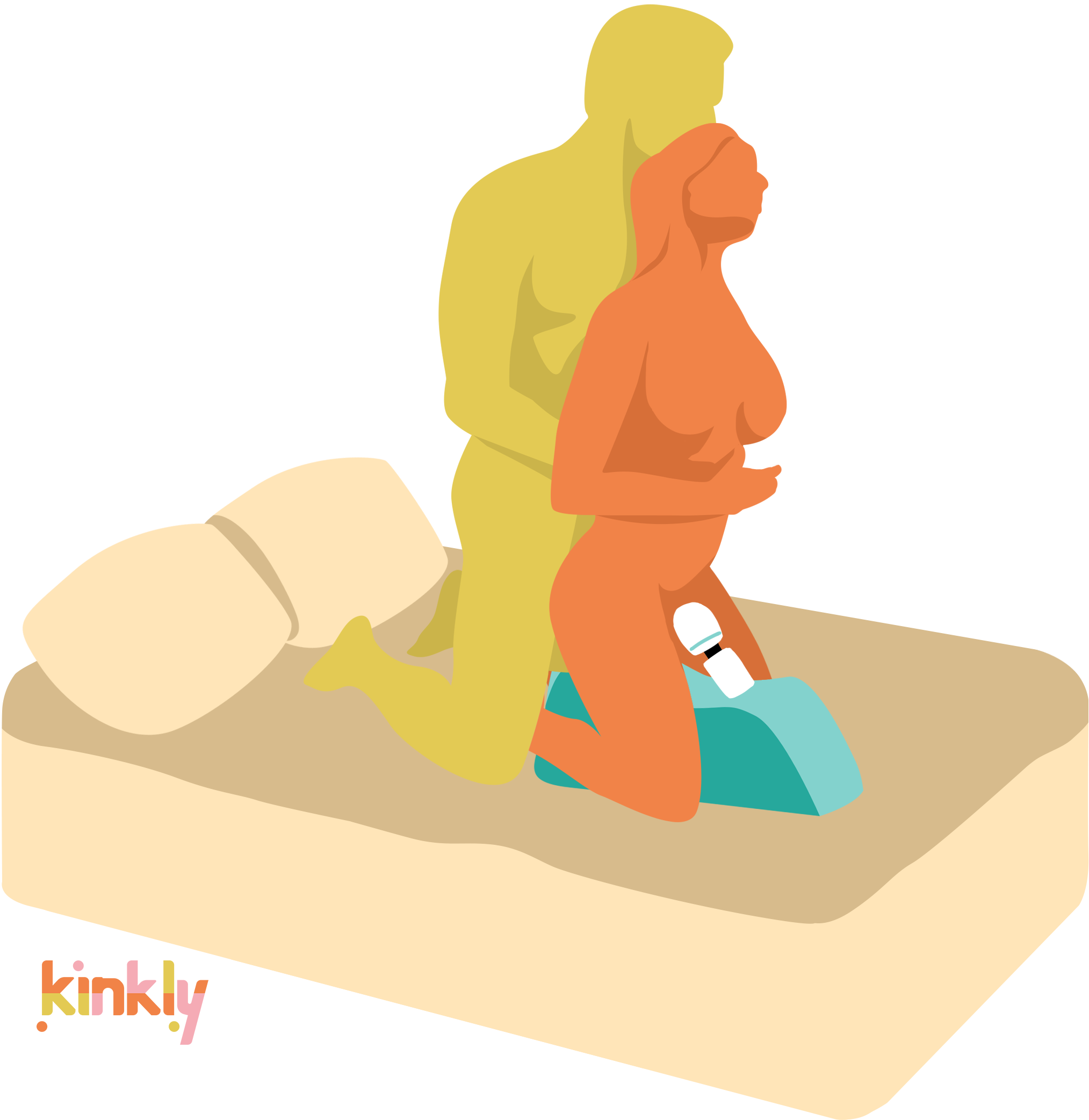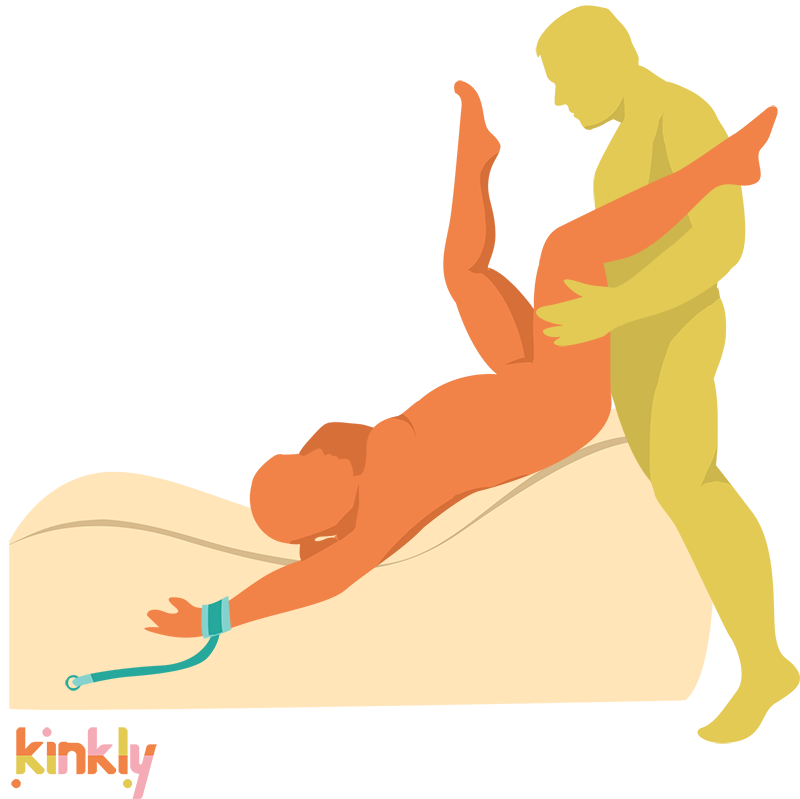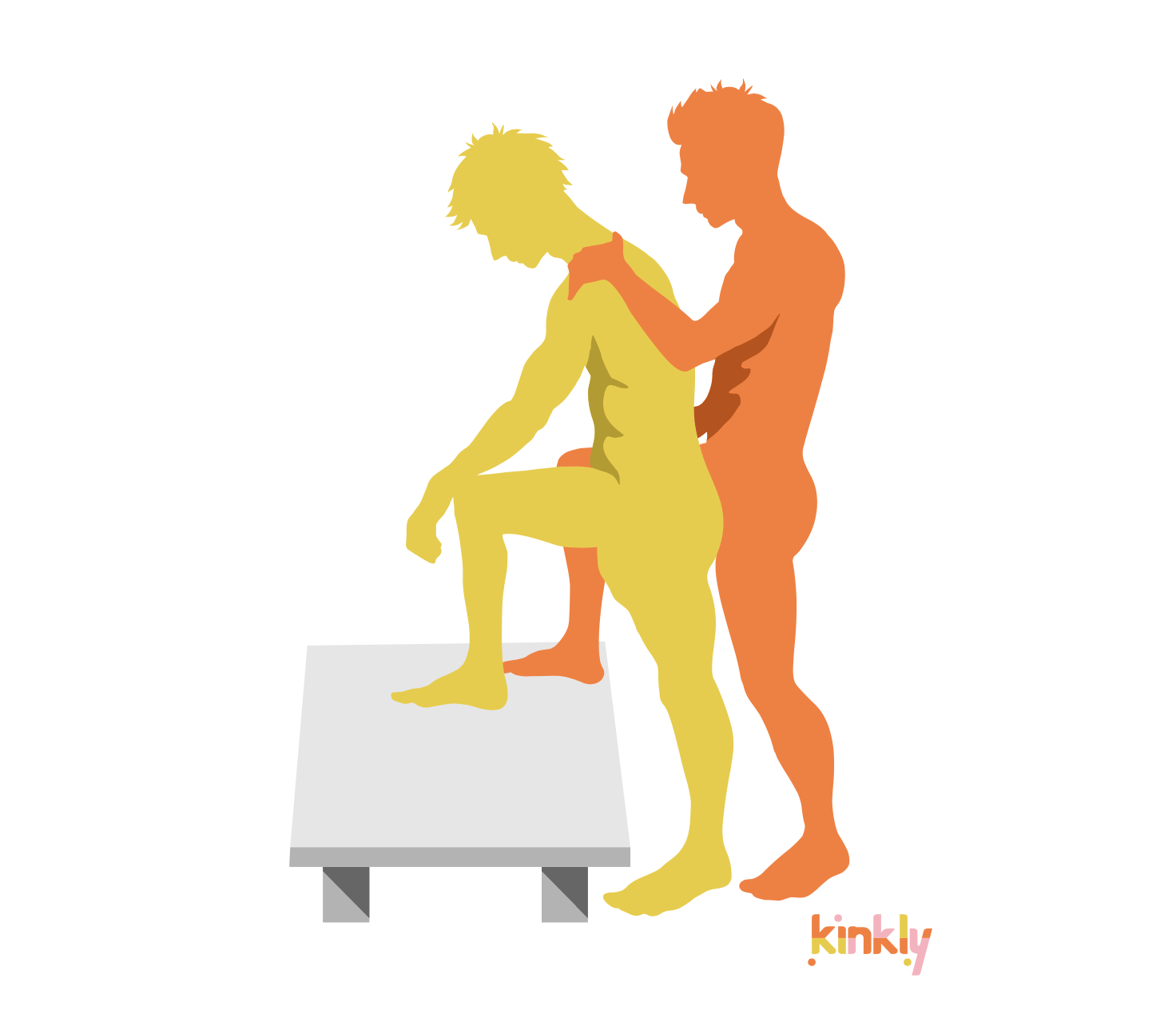Conditioning is the academic term for creating a psychological response between preferred response and an unrelated stimulus. There are two types of conditioning commonly employed in the BDSM community: Classical or Pavlovian conditioning and operant or instrumental conditioning.
BDSM dominants may use conditioning techniques to train their submissive partners. Both types of conditioning help submissive individuals learn how they should behave for their dominants, although they use different methods to achieve this goal.
More About Conditioning
The idea of classical conditioning was developed by the Russian psychologist Ivan Pavlov. In classical conditioning, Pavlov trained dogs to salivate when they heard a bell ring. The bell is a neutral stimulus that the dogs associated with food because they would be fed after they heard a bell. Over time, the dogs would salivate just from hearing the bell. Classic conditioning focuses on developing automatic, involuntary behaviors.
American psychologist B.F. Skinner first described the second type of conditioning, operant conditioning. In this type of conditioning, a dominant rewards positive behaviors and punishes for negative ones. Over time, the submissive learns which behaviors are “good” and which are “bad.” This type of conditioning involves a more active learning than classical conditioning.
While both methods have their merits, some believe that operant conditioning is more effective for training submissive partners. That’s because classical conditioning calls for repeated exposure to the same stimulus, which can become boring due to a phenomena called habituation. Just as no one masturbates to the same pornographic videos or the same fantasies, a stimulus tends to lose its power to titillate over time. Operant conditioning is less repetitive as rewards and punishments, as well as the behaviors being rewarded or punished, can vary.

















